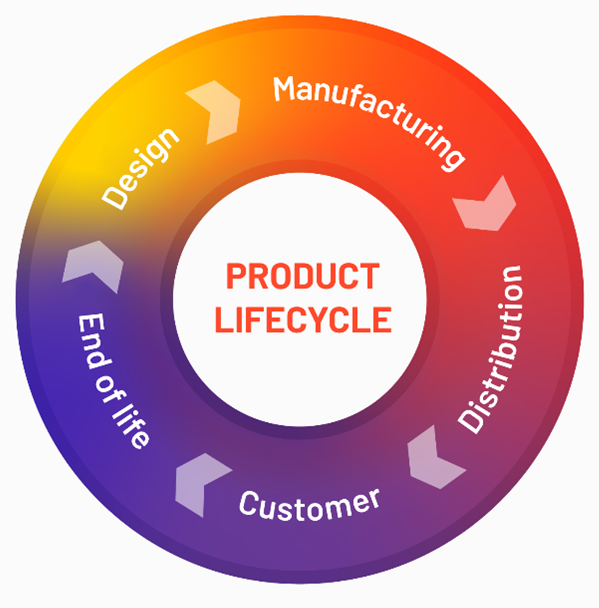Service lifecycle management encompasses the effective management of services provided throughout the lifespan of a product, starting from its design.

Service lifecycle management typically involves the following stages:
Service Design: The service needs of the product are analyzed, and service design is conducted. In this stage, maintenance, repair, spare parts supply, training, and other service requirements are identified.
Service Planning: Service planning involves resource allocation, scheduling, and the creation of business processes. It includes managing service requests, creating maintenance programs, and strategically planning service delivery.
Service Delivery: Activities required for effectively delivering the identified services to customers are carried out. This includes maintenance and repair operations, spare parts supply, technical support, consulting services, and other related services.
Performance Monitoring: The performance of the provided services is monitored and evaluated. Customer feedback, service quality, compliance with service level agreements, and other performance criteria are reviewed. This enables the establishment of a feedback loop for continuous service improvement.
Termination and Recycling: When the product reaches the end of its lifecycle or services are terminated, appropriate termination processes and recycling strategies are implemented. This includes waste management, component recycling, inventory management, and other relevant activities.
Service lifecycle management aims to enhance customer satisfaction, improve service efficiency, and control costs throughout the product's usage period. Additionally, factors such as sustainability, recycling, and environmental impacts are also considered throughout the product's lifecycle.
